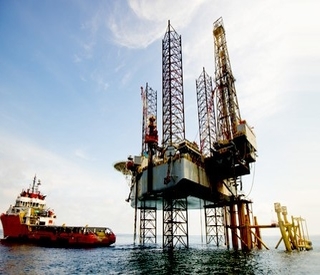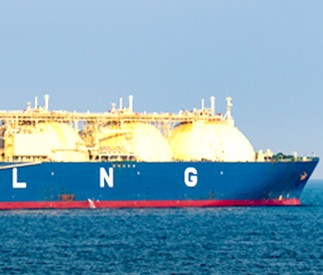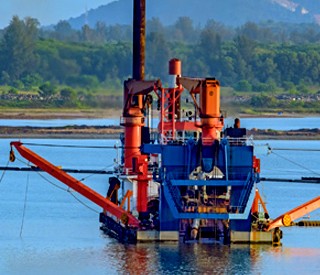EEXI (Energy Efficiency Existing Ship Index) was adopted by IMO as a technical measure to reduce GHG emissions. EEXI requires all ships of 400GT and above to have an attained EEXI number calculated. This attained EEXI number should be less than or equal to the required EEXI number which varies according to ship types and their size category. EEXI takes into consideration all the design parameters of the ship relevant to with its GHG emission capabilities, its purpose and its size. It does not consider the operational parameters of the ship.
With EEXI Regulations effective from January 2023, a hard step by IMO towards maritime decabonisation by monitoring emission outputs over the cargo transferred.
In the process of calculating EEXI, any absence of technical parameters about the ship performances will have to use the approximation formulas given by IMO. One of the parameter is the reference speed (Vref). Vref is the speed that the vessel can reach under specific conditions taking into account DWT, engine load, draught, and more.
There are four ways to find vessel’s Vref:
- Sea trials
- Model tests
- Computational Fluid Dynamics
- Formula suggested by IMO
For many vessel, sea trial report at EEXI draft or Model test report is not available and in EEXI calculation IMO Approximate method is used to find the Vref. This method is Easy & quick option but it gives lesser Vref which will increase the attained EEXI.
Since model test & sea trials are expensive and, in many cases, not possible to conduct. Many a times Ship owners & charterers find it difficult, as they have to reduce the ship’s engine power by 40 – 45% which causes substantial reduction of real-time operational speed which affects vessel’s operational profits.
CFD (Computational Fluid Dynamics) is the best way to evaluate ship’s speed (Vref), which assuredly gives good and accurate results as expected in many cases. Ship owners/ charterers who has a series of similar vessels can also benefit from CFD. CFD can fill the gap regarding the lack of data if one of the sister vessels do not have the required data.
What can Vedam do for you?
With our widespread experience and expertise in environmental compliance, we offer you end-to-end support and services for EEXI compliance, Including the EEXI technical file preparation and CFD analysis of your vessel to acquire the Vref or to determine the impact of Energy Savings Devices (ESD) on EEXI.
Our experienced team of naval architects and marine engineers work to make the entire process seamless and ensure the compliance of your ships in the most efficient and economical manner.
From initial EEXI calculation and Technical file preparation to approval, we will be there every step of the way, providing you support and expertise.
Vedam carries understanding of more than 20+ vessel’s approvals (Containers, Chemical Tankers, LPG Tankers, Bulk Carrier, etc) from various class societies for evolving CFD for deriving Vref.
Hydrodynamic experts at Vedam Design carries immense experience to evaluate performance of ship fitted with ESDs (Energy Saving Devices). Our high fidelity simulation capabilities shows the real and higher vessel’s propulsive efficiency which could lead to compliance with the requirements even without the derating of the main engines.
If you’re looking for support on how to reduce the impact of keeping your vessel compliant with EEXI and compete with market pace or have a query about your fleet, please contact us for further information and collaboration at vedam@vedamdesign.com

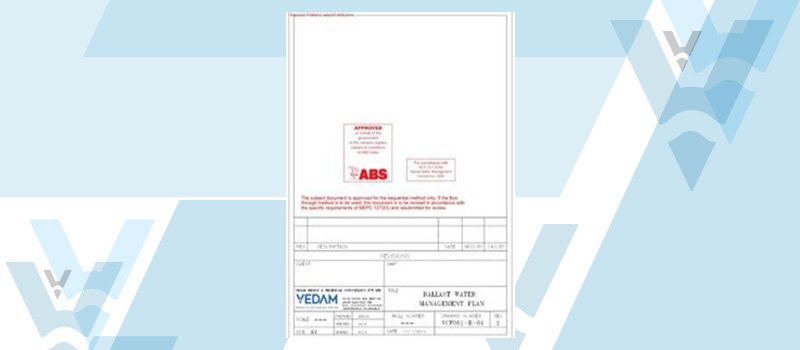
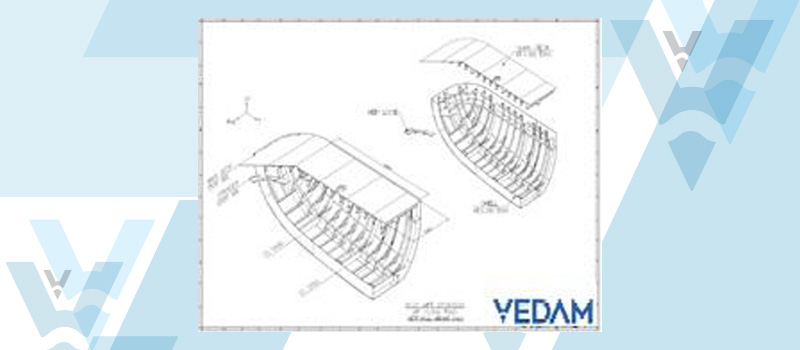

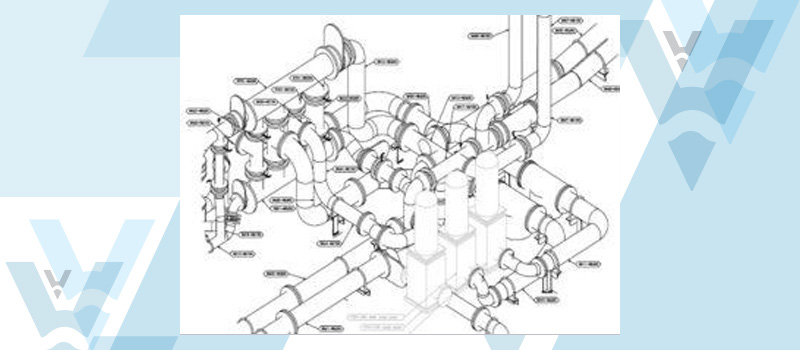
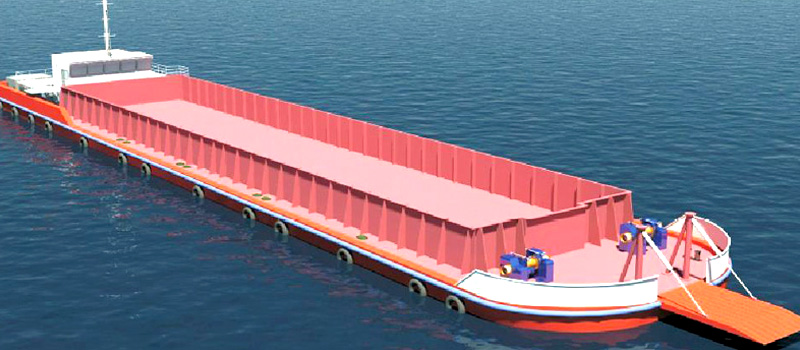

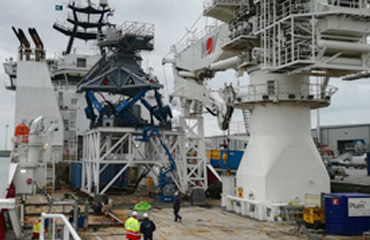
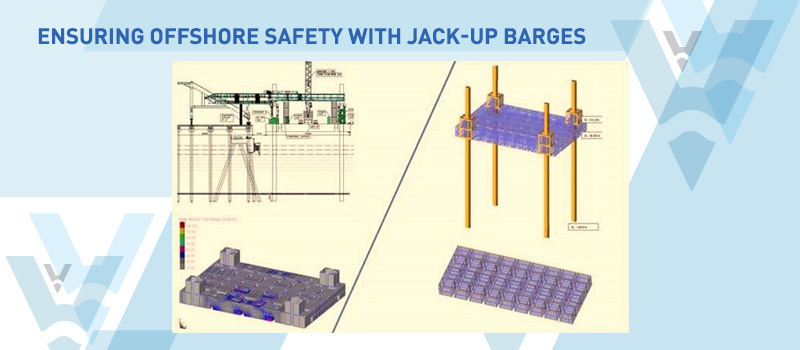
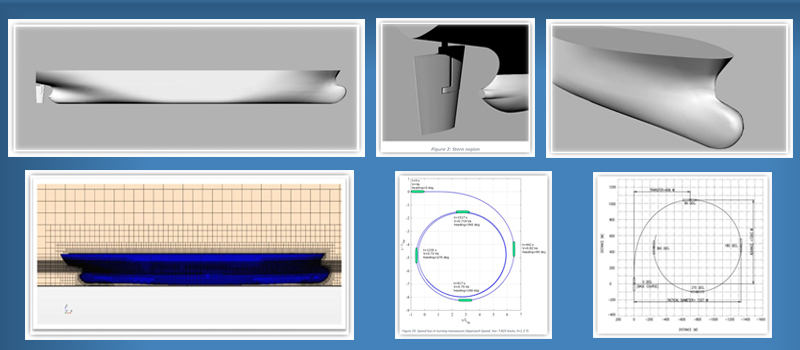
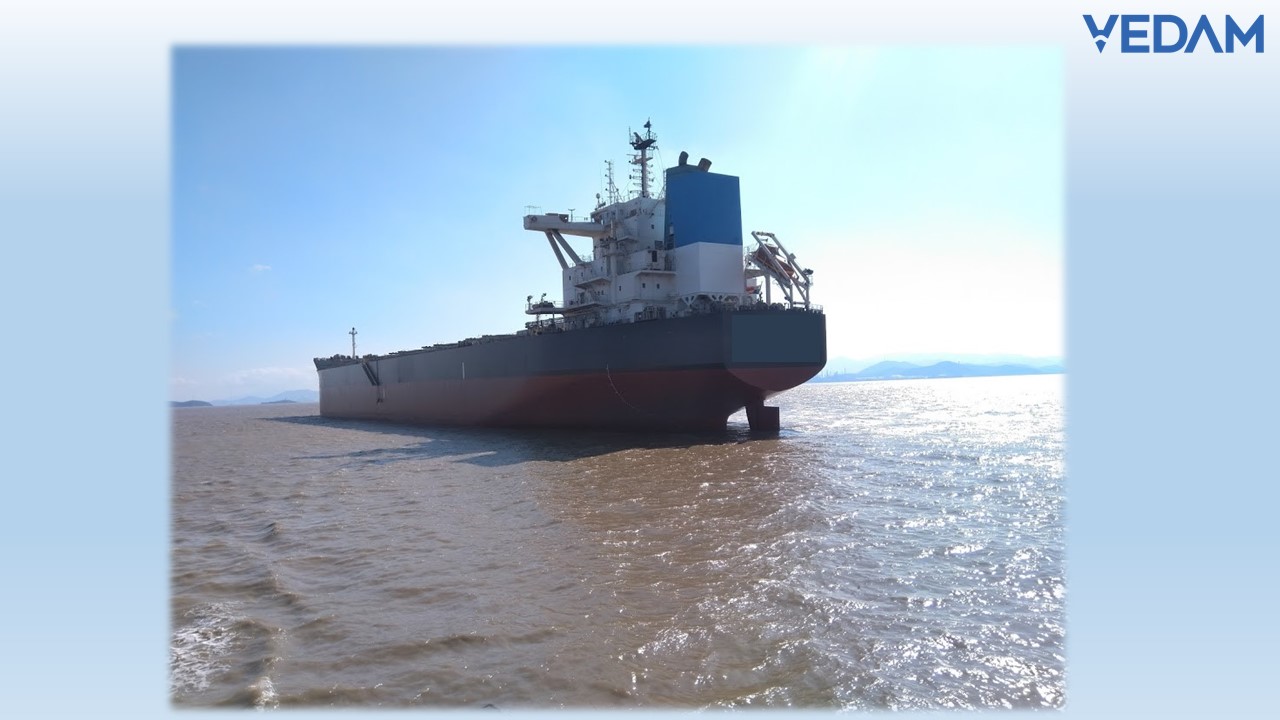
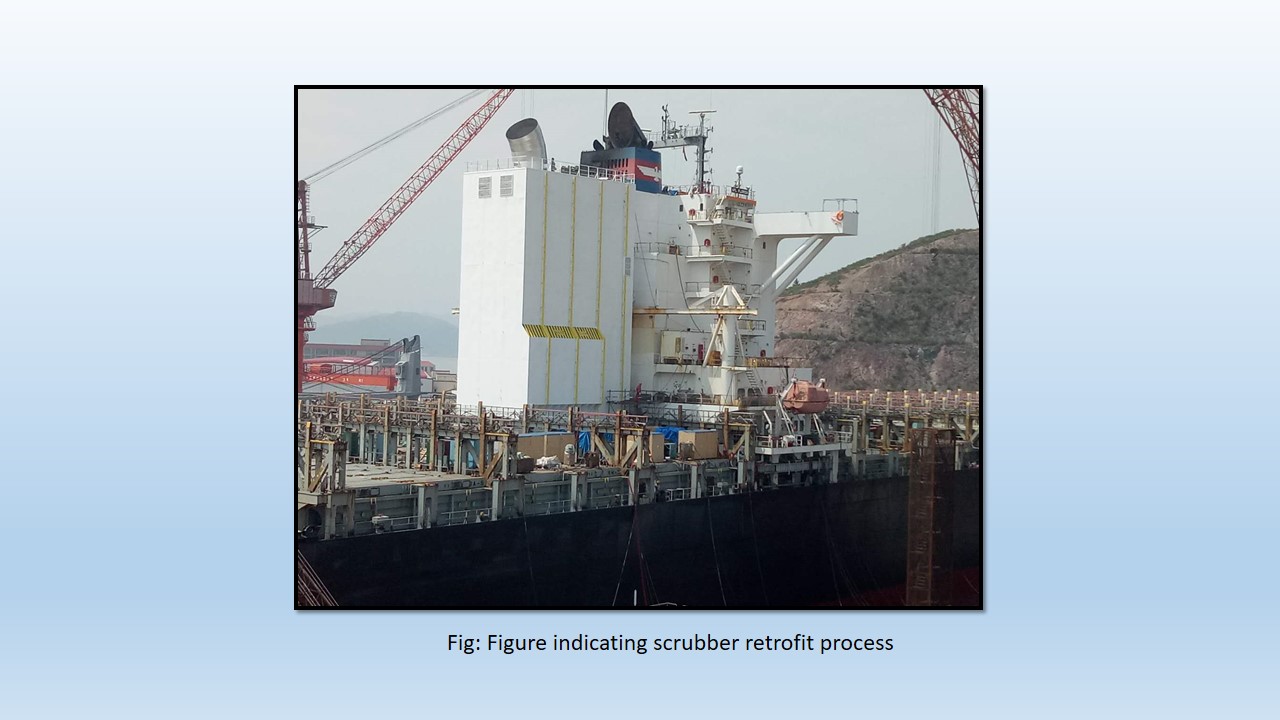
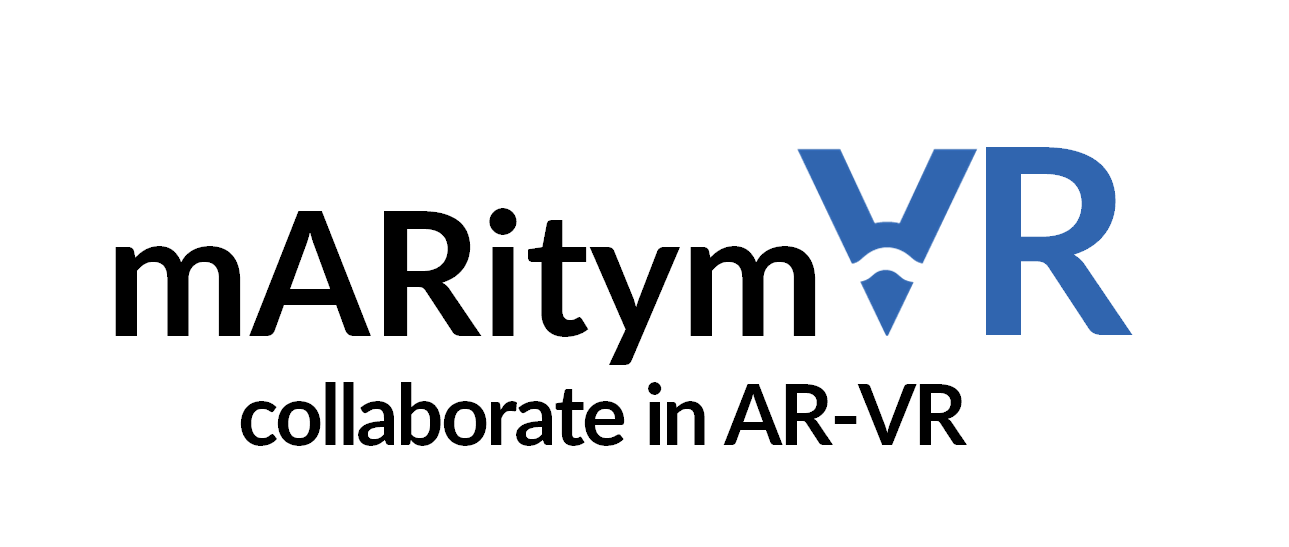
.png)
.png)
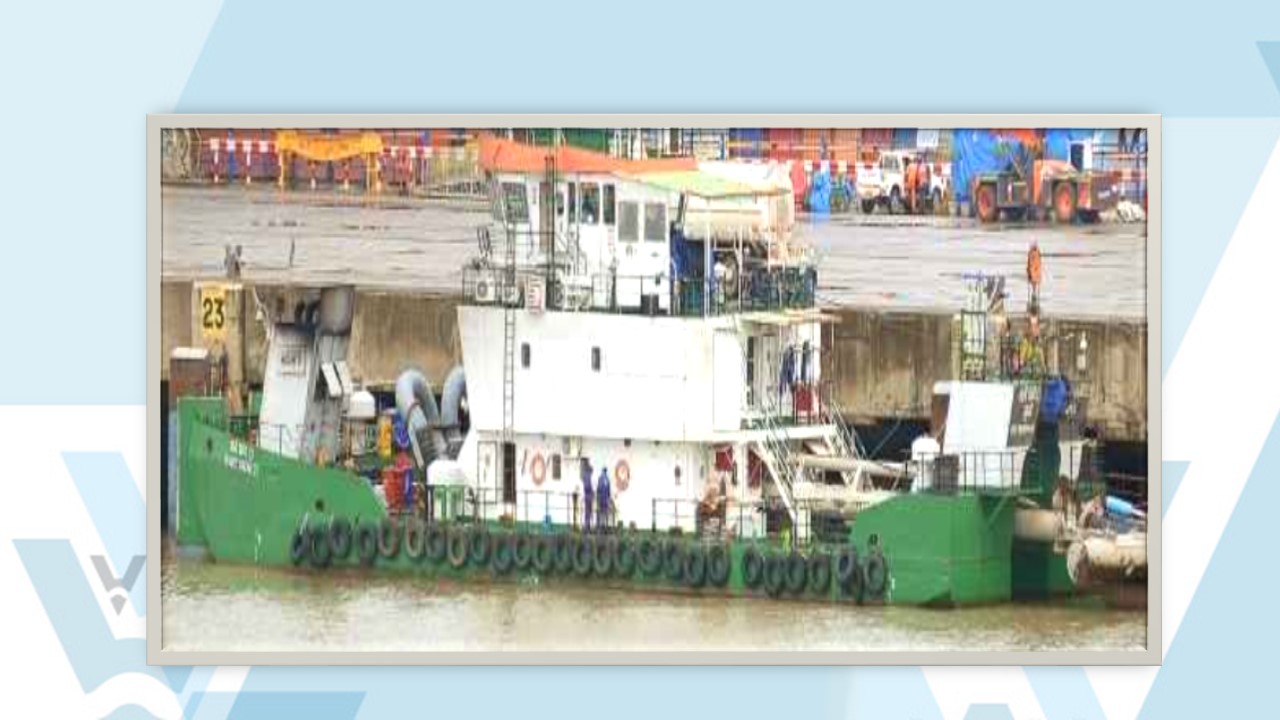
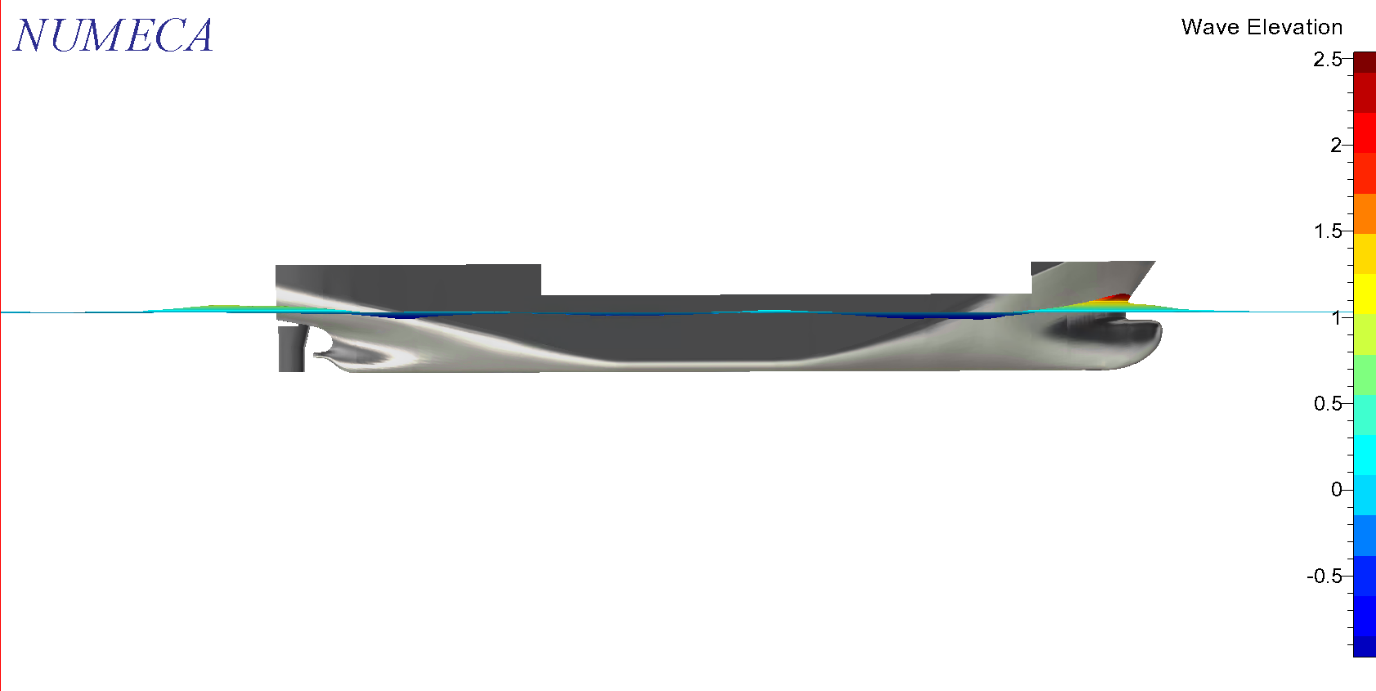


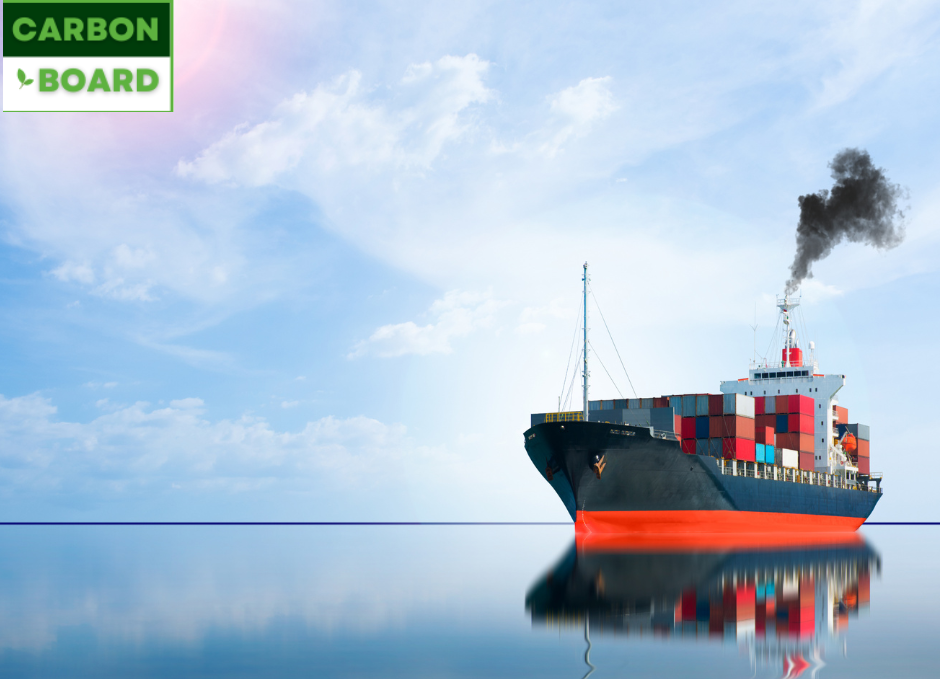


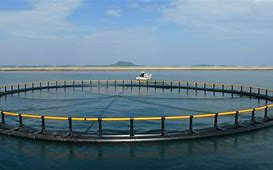
.png)

.jpg)
